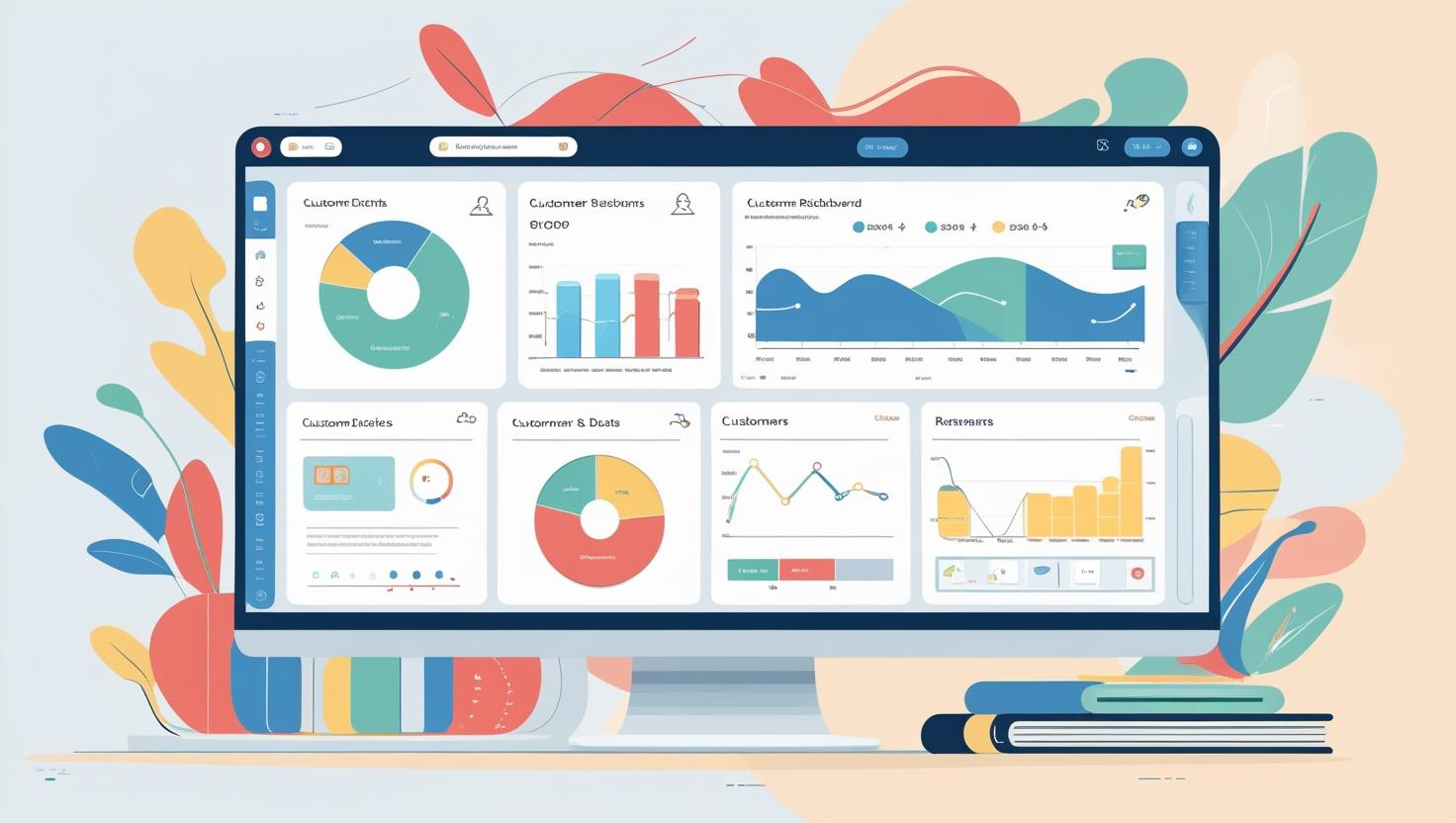Most teams treat HubSpot like a basic contact manager. But for modern go-to-market (GTM) teams aiming to scale fast and stay aligned, HubSpot is much more—it can be your operational command center. Think automation, attribution, and cross-functional coordination all in one place. Let’s break down how leading teams are unlocking real business outcomes by using HubSpot as more than just a CRM.
1. Save Time with Workflow Automation
Manual tasks are silent killers. Reps spend hours each week updating records, routing leads, sending follow-ups, and managing pipeline stages. HubSpot changes that with robust, no-code workflow automation.
Time saved = productivity gained.
-
Automate lead routing based on geography, score, or persona.
-
Trigger follow-up emails when a deal moves stages.
-
Auto-update fields, notify stakeholders, and reduce back-and-forth.
For most mid-market GTM teams, this translates to a 30% time savings across sales and marketing—freeing bandwidth for higher-impact work like selling, strategizing, and optimizing campaigns.
2. Drive Revenue Growth with Attribution You Can Trust
If you don’t know what’s working, you’re guessing. HubSpot’s native attribution features help teams understand how leads are generated, nurtured, and converted—across every touchpoint.
-
Multi-touch attribution for campaigns, content, and channels
-
Real-time visibility into which efforts drive pipeline and revenue
-
Integration with ad platforms and email analytics
Business impact: You can double down on high-performing channels and shut down wasted spend. Attribution data helps you prioritize budget and resources where they’ll deliver the most revenue.
3. Improve Lead Quality and Lifecycle Management
Not all leads are created equal. HubSpot helps you create a smarter funnel by combining custom objects, lead scoring, and lifecycle automation.
-
Define ICPs (Ideal Customer Profiles) and score leads accordingly
-
Route MQLs/SQLs automatically to the right owners
-
Nurture non-ready leads via automated workflows
By aligning your lifecycle stages with actual lead behavior and quality, you improve sales readiness and reduce friction. You’re not just generating leads—you’re generating leads that convert.
4. Centralize GTM Execution Across Teams
Sales, marketing, customer success—they all touch the customer journey. But without a centralized system, teams operate in silos. HubSpot bridges those gaps.
-
Shared data, timelines, and customer records
-
Cross-functional workflows and task assignments
-
Playbooks and templates for consistency
With everyone working from the same system, GTM becomes more than a strategy—it becomes repeatable, measurable execution. This is especially critical as companies scale and add headcount or complexity.
5. Reporting That Fuels Action
Data means nothing if you can’t act on it. HubSpot’s reporting tools go beyond basic dashboards. They provide clear, customizable views that help GTM leaders course-correct fast.
-
Pipeline health, deal velocity, and rep activity
-
Campaign attribution tied to revenue
-
Real-time metrics for executive alignment
Outcome: Better decisions, faster. No more waiting on static reports or cobbled-together spreadsheets. You get visibility into what’s happening—and what’s not—across the entire GTM motion.
Final Thoughts: HubSpot as a GTM Operating System
HubSpot isn’t just a tool for storing contacts—it’s a platform for scaling GTM operations. Teams that treat it as a command center unlock real business outcomes:
-
More time for high-value work
-
More revenue through smarter targeting and attribution
-
More alignment across all customer-facing teams
If you’re still using HubSpot like it’s 2015, you’re leaving growth on the table. It’s time to think bigger.
